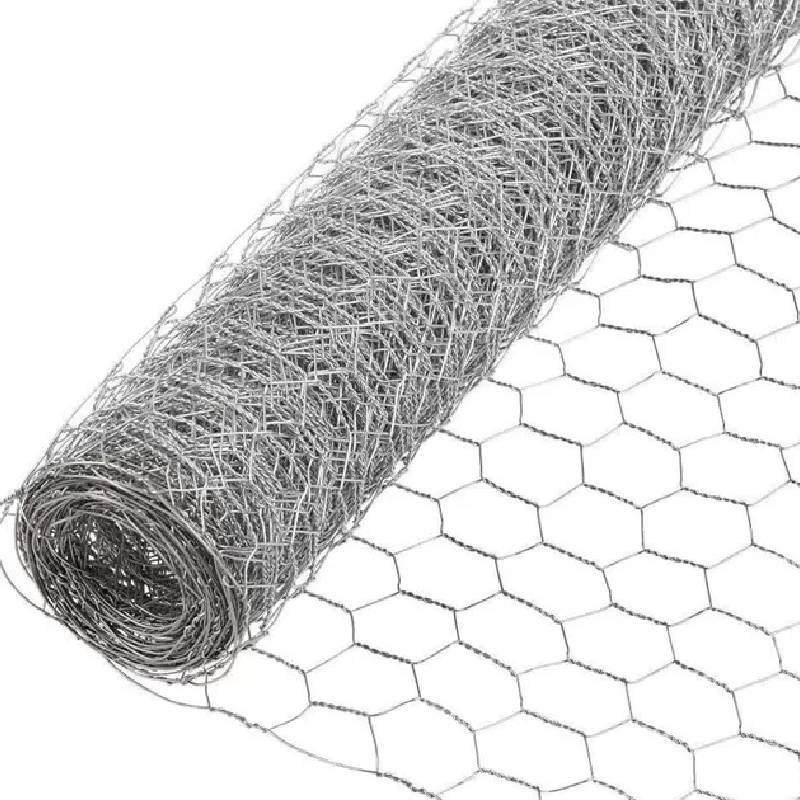
- Mobile Phone
- +8613931874955
- sales@cntcmetal.com
replacing wall ties
Replacing Wall Ties Ensuring Structural Integrity in Your Home
Wall ties are crucial components in the construction of masonry structures, acting as connectors between the outer and inner walls. Over time, these metal ties can deteriorate due to various factors, including corrosion, environmental exposure, and structural movement. Given their essential role in maintaining the integrity of a building, it’s important to recognize when to replace wall ties and understand the process involved.
Why Wall Ties Deteriorate
One of the primary reasons for the deterioration of wall ties is corrosion. Most wall ties are made from steel, which, when exposed to moisture, can rust and weaken over time. This is particularly prevalent in coastal areas where salt can accelerate the corrosion process. Additionally, improper drainage and rising dampness can contribute to increased moisture levels around the ties, leading to further degradation.
Another reason for the failure of wall ties is structural movement. Homes naturally settle over time, and changes in temperature and humidity can cause expansion and contraction in building materials. This movement can strain wall ties, eventually leading to their failure.
Signs That Your Wall Ties Need Replacing
Identifying the need for replacing wall ties is crucial for maintaining the structural integrity of your home
. Here are some common signs to watch for1. Cracks in Walls Horizontal or diagonal cracks in the brickwork are often a sign that wall ties have failed. These cracks may indicate that the outer wall is separating from the inner wall.
2. Damp or Mold Increased dampness within the walls can point to failing ties. If moisture is trapped between walls, it can lead to mold growth, which poses health risks as well as structural concerns.
3. Bulging Walls If you notice bulging or bowing in the outer wall, it may mean that the ties are no longer providing adequate support, allowing the wall to move away from the inner wall.
replacing wall ties

4. Rust Stains Visible rust stains on the masonry can indicate that the wall ties are corroding, which could ultimately lead to failure if not addressed.
The Replacement Process
Replacing wall ties is a specialized task that requires professional expertise. Here’s a general overview of the process
1. Assessment A qualified structural engineer or builder will first conduct a thorough inspection of your property to assess the condition of the wall ties and identify the extent of any damage.
2. Removal of Damaged Ties The next step involves removing any damaged ties. This usually requires drilling small holes in the masonry to extract the compromised ties carefully.
3. Installation of New Ties New ties, often made of stainless steel or a corrosion-resistant material, are then installed. These ties are usually set in a mortar bed and secured to provide stability.
4. Repointing After installation, the masonry is often repointed. This process involves filling in any gaps or holes with fresh mortar to restore the wall's integrity and appearance.
5. Final Checks Lastly, a structural engineer will re-evaluate the wall to ensure that the installation has been successful and that the structural integrity of the building has been restored.
Conclusion
Regular maintenance and inspection of wall ties are essential for ensuring the longevity and safety of masonry structures. Homeowners should remain vigilant for signs of wall tie deterioration and act quickly to remedy any issues. By engaging the services of professionals for assessment and replacement, you can safeguard your home from the potential risks associated with failing wall ties. Investing in this critical aspect of home maintenance will preserve the value of your property and ensure its structural integrity for years to come.
share:
-
Wall Ties for Concrete: Invisible Guardians of Building Structural StabilityNewsAug.08,2025
-
Timber Frame Wall Ties: Stable Bonds for Load TransmissionNewsAug.08,2025
-
Stainless Steel Woven Wire Mesh: A versatile material from boundary protection to functional supportNewsAug.08,2025
-
Powder Coat Coil Springs: Creating peace of mind and reliability with sturdy protectionNewsAug.08,2025
-
Floor Standing Sign Holder: A Powerful Assistant for Flexible DisplayNewsAug.08,2025
-
Binding Iron Wire: An Invisible Bond for Building StabilityNewsAug.08,2025
-
Yard Sign Stakes: Reliable Guardians of Outdoor SignsNewsAug.04,2025



















